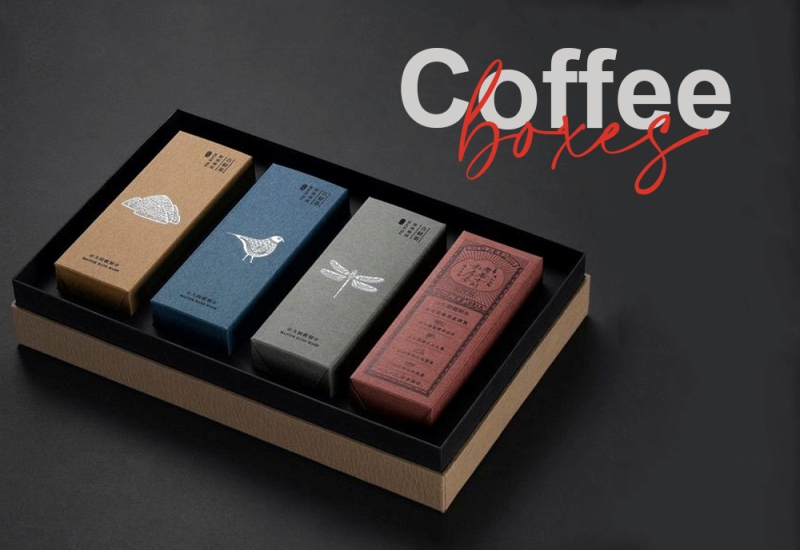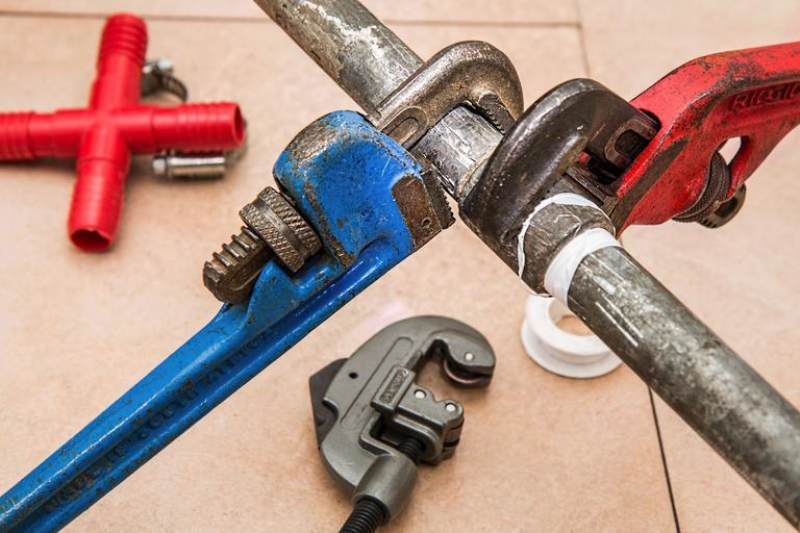Sustainability is a trendy topic in both, the coffee and the packaging industry. In 2018, it was predicted that if the percentage of consumption activities and waste management will not change, the world will be home to almost 12 billion tons of plastic waste by the year 2050. This made coffee businesses focus more on creating a sustainable economy. Adding value to your products and materials is the best way to do so. As a result, the businesses started replacing disposable packaging with green solutions. Coffee bags made a big contribution in this regard. They are made from naturally occurring Kraft material and provide no threat to the environment. Here we are going to discuss a couple of tips you may use to enhance your business in eco-friendly manners:
Add Eco-Friendly Flexible Material to your Mix:
All of us know that single-use packaging is a big threat to our environment. Here, there are many ways to minimize this impact. Avoiding fuel-based material and using more recyclable packaging options can prove beneficial. The quality of your coffee beans entirely depends on the way they are packaged. Good packaging can protect them for almost 12 months. Coffee beans are porous and they absorb moisture soon. Therefore they should be kept as dry as possible. Using eco-friendly flexible pouches is an effective way to bring a big boost to your business. Design them from eco-friendly paper or recyclable plastic to meet your environmental concerns. The Flexible Packaging Association reports that the use of such custom paper coffee bags and pouches results in a substantial reduction in waste being sent to landfills as compared to other types of packaging.
1. Choose a Right Sized Packaging:
Optimizing the size and weight of your coffee packaging can take your brand more towards sustainability. A packaging that looks eco-friendly appeals more to the consumers. The first step is to minimize the use of material. Other tactics include:
- Eliminating the void space within your paper bags.
- Assessing your coffee packaging for non-value-added components.
- Investigating more on different types of lightweight packaging materials.
- Assessing whether updating the packaging graphic design can reduce its size.
In general, it has been seen that heavier and larger packages cost more to produce, store, and transport. But when a package is right-sized it will not only reduce your cost but also your carbon footprint.
2. Choose Green Components in Multilayered Coffee Packaging:
Multilayered paper coffee bags are usually more effective in protecting coffee beans but they make things more confusing. Two types of packaging materials are used in their manufacturing that has to be separated for correct recycling or disposal. A common example is aluminum foil inside a polyethylene coffee bag. The problem arises when the adhesive between these two materials makes them hard to separate. This affects the recycling process and in some cases might end in a landfill. When choosing multilayered coffee packaging, it is better to ensure that the components are biodegradable, compostable, or recyclable. The same condition is applicable for inks and labels. The two most common green materials used to make custom paper coffee bags are unbleached Kraft paper or rice paper. They are organic and made from wood pulp, tree bark, or bamboo. These materials alone are eco-friendly but you will need an inner layer of plastic too for protecting the beans. It is recommended to use biodegradable or recyclable plastic to make it safe for the planet.
3. Use Sustainable Inks:
You might not think first about labels and inks, but there is a large percentage of coffee packaging products that become difficult to recycle due to the presence of unsustainable inks on them. Going for eco-friendly options can have a tremendous impact in reducing carbon footprints. Water-based flexographic inks are much low in volatile organic compounds as compared to other options. It means that as they provide good resistance against abrasion, water, and heat, they are also compostable and easy to remove for recycling. Such links can be used inside and outside of your customized paper bags without affecting their recycling capability.
4. Coffee Packaging Convenience Options:
When it comes to coffee, convenience packaging has become a rage in the coffee market. Modern consumers seek to purchase smaller, and easy-to-carry packages. As a result, the coffee businesses have explored several convenience packaging options. here is a list of some of them:
- Zippers:
It is one of the most commonly used recloseable options that allow the consumers to reuse the product and its packaging even after opening. Zippers are a good barrier against staling, contamination, and moisture. You may even use them on your custom paper coffee bags.
- Ties or Tape:
It is another closure option popular in the coffee industry. Ties or tapes can be employed independently or on your coffee packaging machine. They are not as air-tight as zippers but still a popular choice for stand-up paper bags.
- Clear Labeling:
Clear labeling is essential to communicate to the customers about the coffee's origin, processing methods, manufacturing and expiry dates of your beans, and a lot more. Customers want to get the whole story in simple language and plain sight.
- Minimal Packaging Design:
Consumers of today prefer minimalistic and natural-looking packaging designs. This makes it easy for them to comprehend the basic details. Use eye-catchy color, graphics, and fonts to make your coffee bags stand out from the crowd.
- Try-me Package Sizes:
Bulk coffee packages have still their place in the market, But modern consumers that are less brand loyal, want to purchase sleek and small packaging of new businesses. You may introduce trial-sized coffee packages to facilitate customers in exploring new choices.









